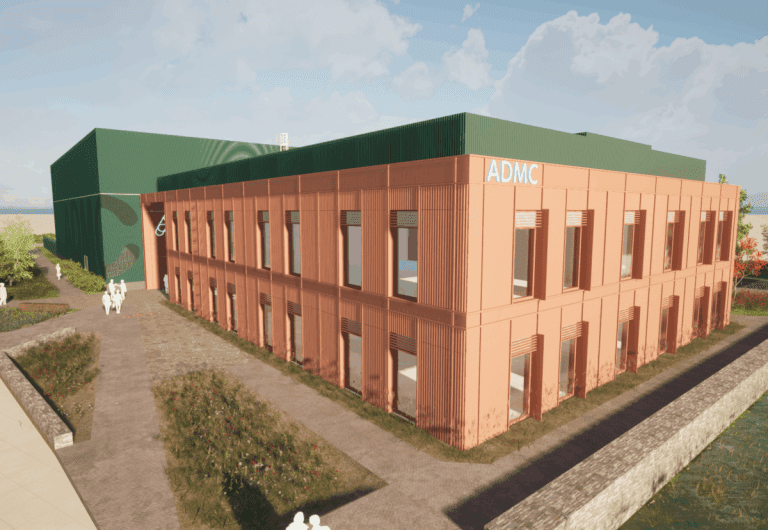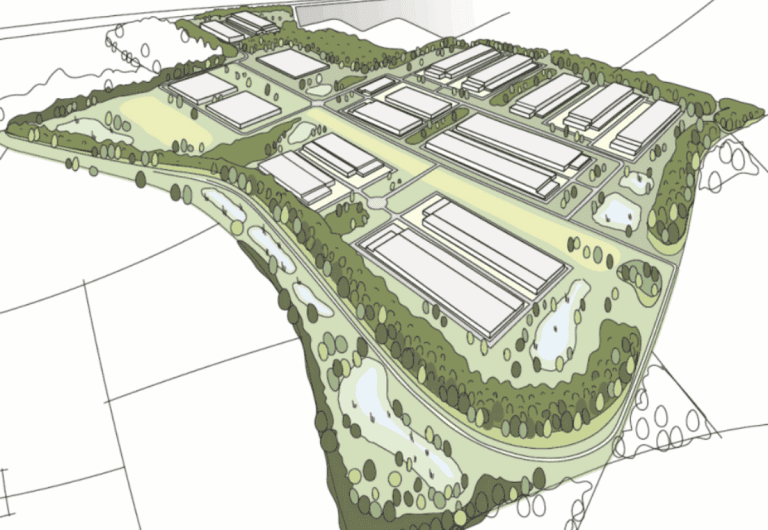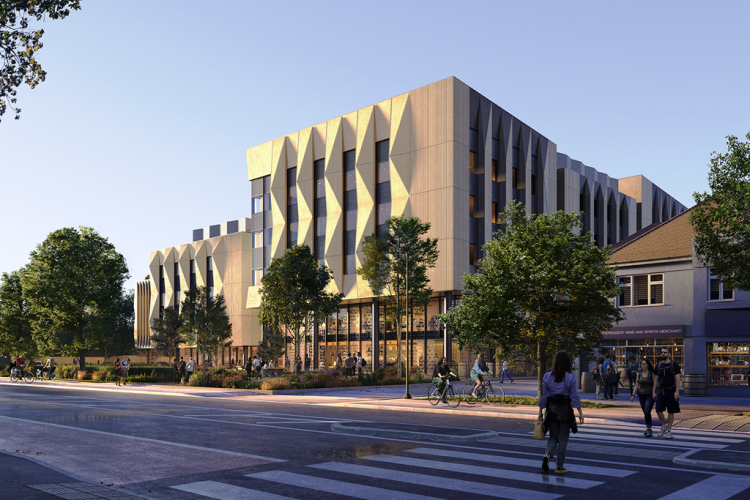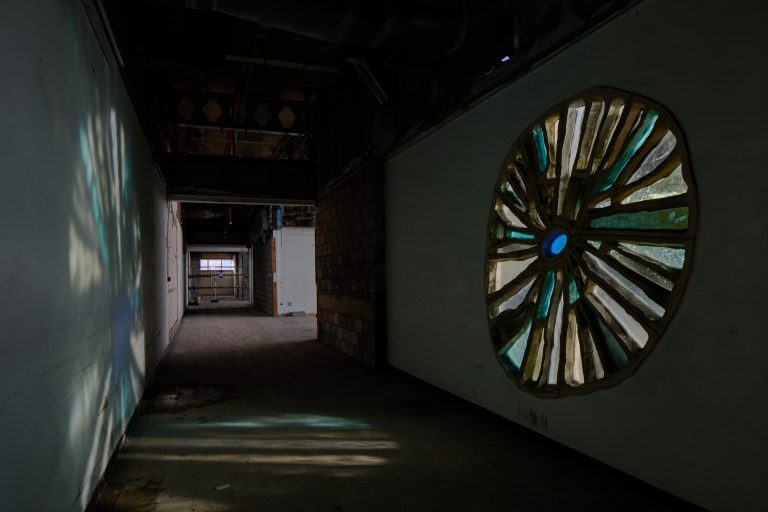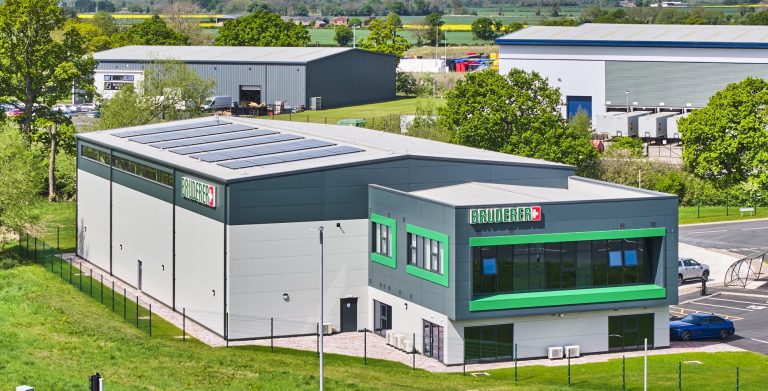Ashfield District Council has named Lindum Group as the construction partner for the Automated Distribution and Manufacturing Centre (ADMC), a pioneering facility that will anchor the £100 million Ashfield Innovation and Technology Park in Sutton-in-Ashfield. Construction of the ADMC is set to begin this summer, with completion expected by late 2026 and the first businesses moving in by early 2027. The 2,800-square-metre purpose-built facility will serve as a national centre of excellence for automation, supporting businesses of all sizes in developing and implementing bespoke automation strategies. By driving productivity, competitiveness, and innovation, the centre is expected to significantly boost long-term economic growth in the region. Modelled on the UK’s Catapult Centres, the ADMC will offer access to cutting-edge technology, skills development, and independent expertise. Its operations will focus on four key pillars: In addition to technical facilities, the centre will include space for networking, events, and collaboration. It will be staffed by a dedicated team of researchers, engineers, and technical specialists. Several strategic partners are already involved in shaping the centre’s offer, including Nottingham Trent University, Vision West Nottinghamshire College, Swiftool Precision Engineering, and ECS Engineering. Their involvement aims to ensure that the ADMC meets real-world industry demands and aligns with the needs of the region’s manufacturers and logistics operators. Situated on Lowmoor Road, close to the A38, M1, and Sutton Parkway Station, the ADMC is ideally positioned to serve the Midlands’ strong industrial base. The broader Innovation and Technology Park, backed by the government’s Towns Fund, is a key part of Ashfield’s regeneration strategy and will play a vital role in delivering high-skilled employment opportunities across the district. Freddie Chambers, Co-Chair of Lindum Group, said: “We are pleased to be appointed as the construction partner for the ADMC. This centre represents a bold vision for the future of UK industry and will create a legacy for Ashfield. As a construction company with strong Midlands roots and a commitment to social value, we are proud to be helping to bring this transformational facility to life.” Councillor Jason Zadrozny, Leader of Ashfield District Council, added: “Once the ADMC is completed and functioning, it will become a magnet for businesses who recognise the need to embrace new technology to drive growth and improve. It should provide a legacy for generations to come and one we firmly believe will attract more high skilled jobs to Ashfield. “The economic benefits of this project are incredible and will allow the Council to unlock the district’s true potential. This is all part of our broader regeneration strategy to make Ashfield a fantastic place to live, work, study, play and visit.” The project is being delivered through the SCAPE Regional Construction framework, chosen to provide early contractor engagement, cost efficiencies, and a streamlined procurement process. Building, Design & Construction Magazine | The Choice of Industry Professionals





